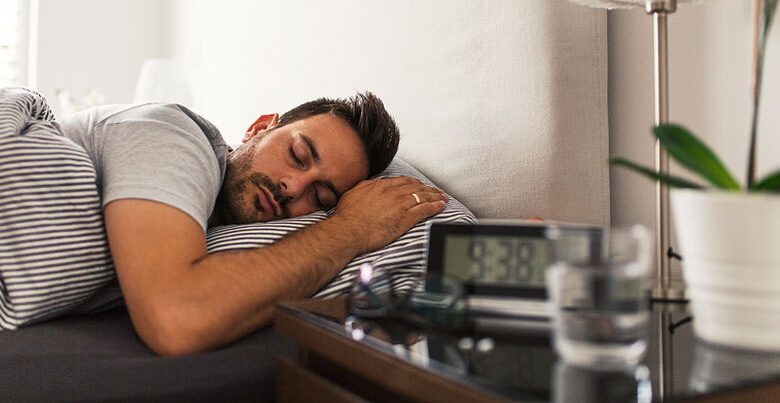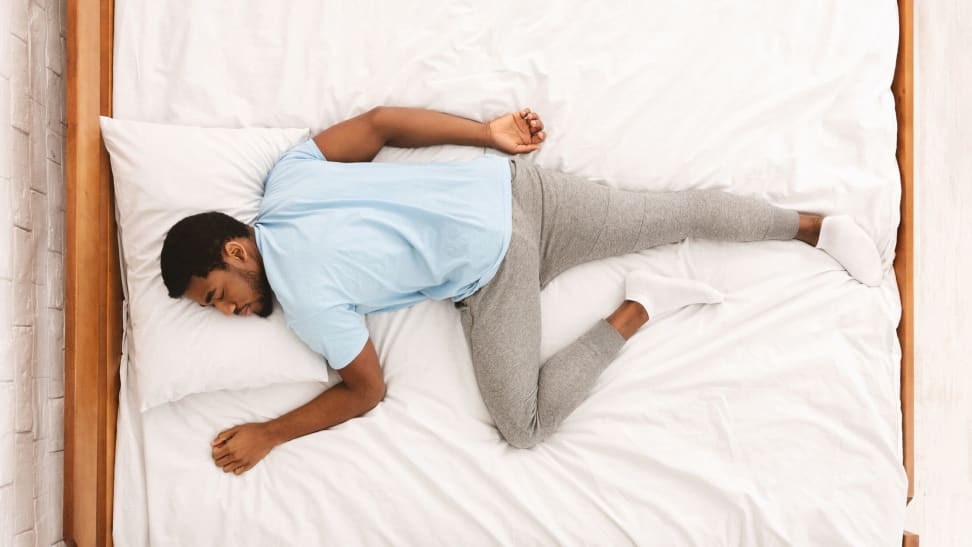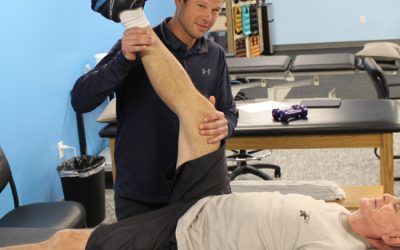 Adjust Your Sleep Position For Better Quality Sleep & Life
Adjust Your Sleep Position For Better Quality Sleep & Life
By Kate Dulac Serodio, DPT, OCS
As a Physical Therapist, I see a lot of sleeping injuries. Sleeping injuries? Yes, literally sleeping injuries!
Injuries that occur while you’re sound asleep or are a result of laying in the same position night after night. We often don’t value the time that we’re sleeping because, well, we’re asleep. But even though you’re not consciously aware of what position you’re in, you’re potentially positioned poorly and laying in a position that increases your risk of injury.
We all have a position that is our go-to position. WebMD acting reports that 63% of people sleep on their side, 16% on their stomach, and only 14% on their back. The thought of changing this is not a welcoming thought for most. On a daily basis, I preach the need to modify “your go-to position” and sleep in the ideal position that allows your body to be in the best resting position that doesn’t cause impingements and allows for gravity to actually do something positive for you, stretch you while you’re asleep.
If you have a neck, shoulder, or back condition or just want to make sure you never do its time you address your sleeping habits. I truly believe this is the #1 most basic modification you could ever do for yourself. So, what is the winning position? As you may have guessed is, yes, your back! This means that 79% of you need to make a change. Even the 14% of the back sleepers will need to make one modification as well. Sleeping on your back ensures that your neck is in alignment with your body with minimal rotation. Your shoulders are being pushed back by gravity and actually help open up your chest. Your low back is also in somewhat of a neutral position without any rotation. The low back will also require a little more help to maintain that ideal resting position, you need to put a wedge under your knees. Not only will a triangular wedge open up your spine and allow for proper fluid circulation and disc nourishment but it also prevents you from rolling over!
So, as you can imagine, I often get a kickback on why is it bad to sleep on your side or stomach, let’s take a look at a few sleep methods…
The Side Sleeper:

If you have Shoulder issues and neck issues, this is the worst position of all! Let’s start with the neck, its very unlikely that you’ll keep your head in alignment with your spine, it’s going to be cranked up or down or rotated creating impingement on either side of your neck, possibly resulting in disc pathology or irritation to the facet joint where you wake up and can’t turn your neck. Next, take a look at your shoulder! That is a rotator cuff accumulative injury. Every night laying on that shoulder. What does that do? That makes the muscles in the front of the shoulder really short and elongates the back of the shoulder muscles. That’s 8 hrs in that position! Do you think a little pec stretch that you might be doing daily for 3 min will combat 8hrs of that position, absolutely not.
Now let’s look at the back, your spine is going to rotate and compress on the nerves that come out of the spine and you’ll end of with one side being tight and the other elongated. Again, just adding to the imbalances.
The Stomach Sleeper:

This position is the absolute worst for your neck or if you have TMD! Most likely you’re asleep looking to the same side every night, resulting in muscle imbalances and joint irritation. One morning you’ll wake up and probably have some tingliness in your hand or inability to rotate your neck. Your shoulders won’t have the benefit of having gravity open then up like they do when you’re on your back but instead cont to rotate forward, again, not helping your posture. Your low back will be arched and in extension compressing the disc space and bones, not allowing for the disc to fill back up with fluid while your rest.
So there you have it, you need to sleep on your back! Whether you have back pain, neck pain, or shoulder pain or you simply want to make sure you never do! And if all that isn’t convincing enough, according to the aesthetic surgical journal, sleeping on your back will help prevent wrinkles!
Here is the type of wedge I recommend. This will place your low back in the perfect position. The wedge will also make sure you stay in this position all night, not allowing you to migrate back to you go to position

Rezilient Professional Stretching targets the muscles in your body that have become super tight from years and years of you sleeping on your side or stomach. A side sleeper will often have tightness in their upper trap, pecs, and hip flexors. Also if you’re a side sleeper you’ll often have a tight lateral fascial line and anterior line (the connection of fascia/tissue that connects all the muscles on the side of your body and all the muscles on the anterior Rezilient targets these muscles in ways that most will struggle stretching independently.
Here’s an example of some of the stretches our team can do for you, to alleviate your pain and help you be resilient.
To find out more call Kate at Rye Physical Therapy, or fill out this contact form.




